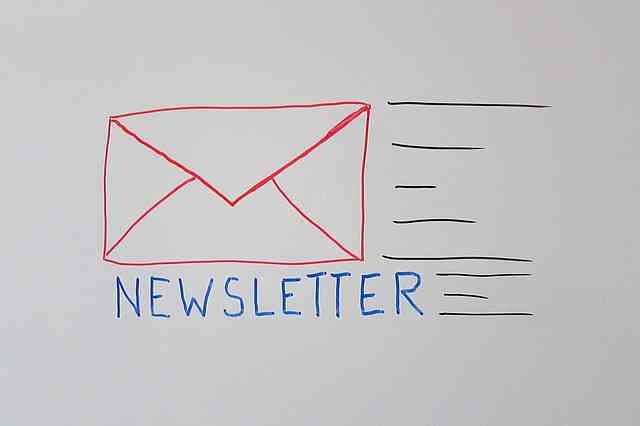Thanks to social media, companies now have a mind-boggling set of communications tools at their disposal. The old-fashioned newsletter is just that: old-fashioned. Or is it?
High-Quality Newsletter Content is Key
For many businesses, newsletters work better than ever because fewer people are producing them. The key is to create a newsletter for your specific audience that is interesting and engaging. That means providing readers with high-quality content that educates, informs, and entertains while avoiding blatant self-promotion.
For example, my independent insurance agent produces a printed newsletter that his agency sends out once per quarter via U.S. mail. It contains up-to-date information on insurance topics as well as insights into local happenings and personal profiles of the people that work at the agency. The rest of the year, I receive digital updates via a monthly e-Newsletter. As a result, I feel reassured. My insurance needs are covered and I feel confident referring my agent and his colleagues to others.
Another example of an effective newsletter is from a locally owned business called The Backyard Bird Shop. You can read more about this company’s smart newsletter strategy in a previously published blog post titled “Not Just for the Birds: Newsletters as Part of Your Company’s Content Strategy Plan.”
In the following video that I produced for Grange Insurance Association and its network of independent agents, I offer tips and techniques for producing effective newsletters and share one of my own newsletter success stories:
A Long-Term, Strategic Approach
You can’t predict when a particular newsletter will hit a chord or arrive in someone’s mailbox or inbox at the exact right time. But you do have to stick with it. Newsletters are part of a long-term communications strategy designed to keep you in front of customers and prospects and to remind them that you are there when they need you.

